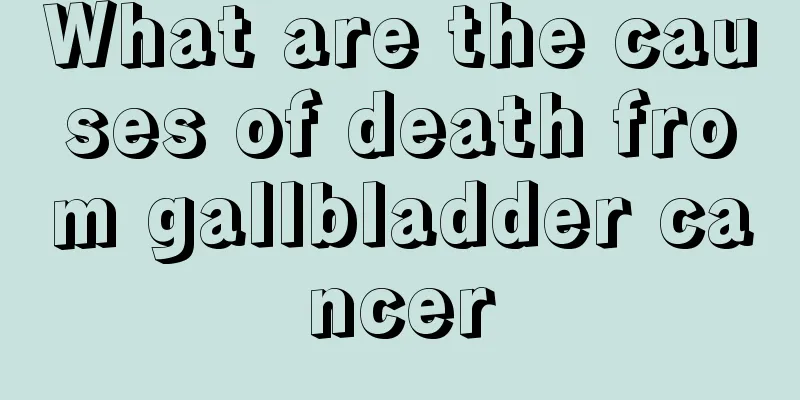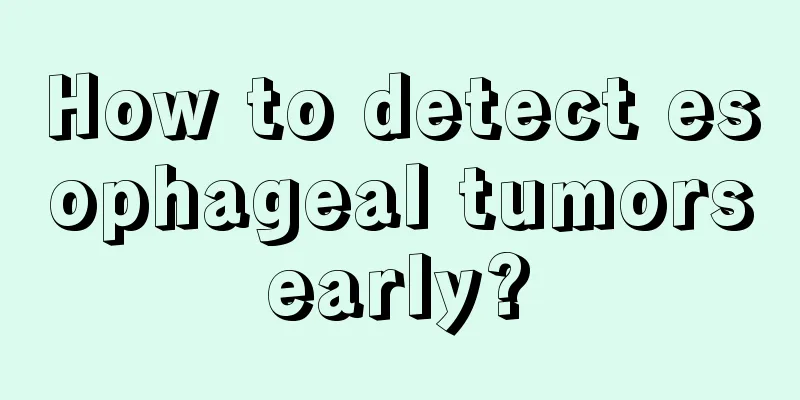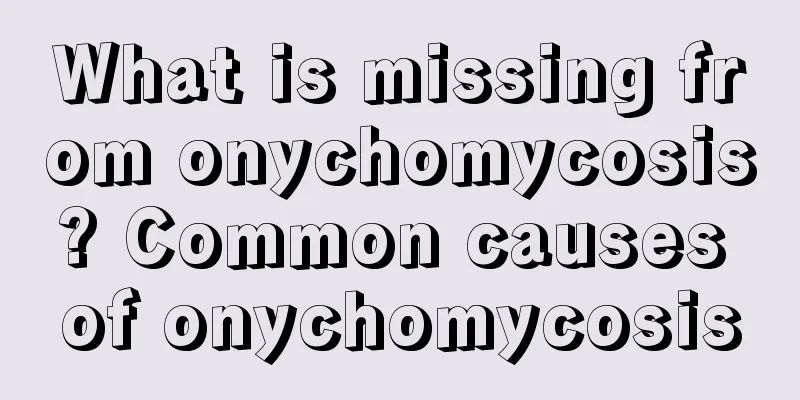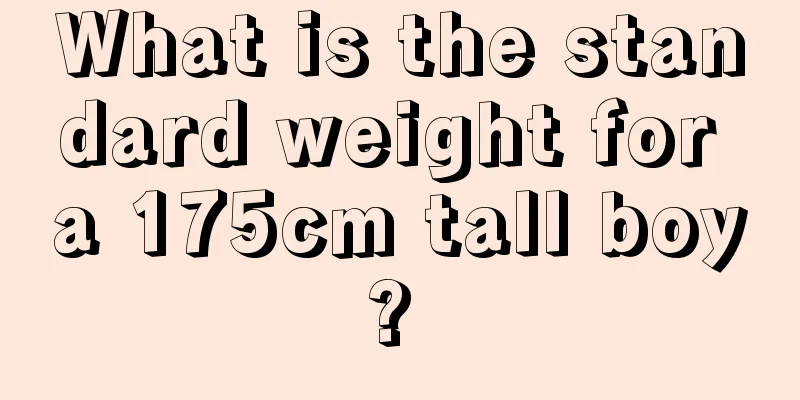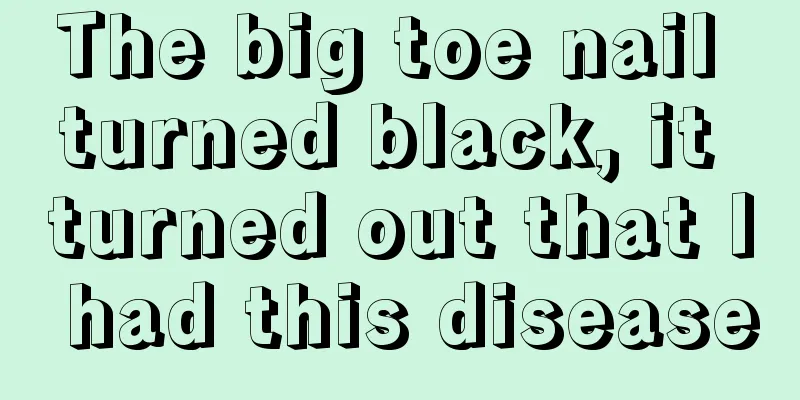What is brain cyst and is it serious?

|
Brain cyst refers to the phenomenon of arachnoid cysts appearing in the human brain. It is mainly a cyst caused by cerebrospinal fluid, or a congenital disease. It is a relatively serious disease for human health. It usually leads to increased intracranial pressure, headaches, and dizziness. It can also easily affect normal vision and requires timely surgical treatment. What is a brain cyst? Brain cysts generally refer to arachnoid cysts, which are bag-like structures formed by cerebrospinal fluid-like cysts surrounded by the arachnoid membrane. There are two types: congenital and secondary. The former is the most common arachnoid cyst, and the latter is caused by intracranial inflammation, craniocerebral trauma or after surgery. Clinical manifestations The clinical manifestations are related to the location of the cyst. Common locations include: lateral fissure, pontocerebellar region, temporal pole, quadrigeminal region, cerebellar vermis, sellar region and suprasellar region, between bilateral hemispheres, cerebral apophysis, slope, etc. Most lesions show symptoms in early childhood, including: symptoms of increased intracranial pressure, such as headache, nausea, vomiting, drowsiness, etc.; epilepsy; skull bulge; space-occupying effect causing local symptoms or signs. Suprasellar cysts can also manifest as hydrocephalus, developmental delay, precocious puberty, visual impairment, etc. The condition worsens due to cyst rupture and bleeding into the cyst or subarachnoid space. examine 1. Head CT manifestations The extraparenchymal cystic tumor has smooth borders and no calcification, and its density is similar to that of cerebrospinal fluid, without obvious enhancement. The adjacent skull bones are bulging and deformed. Convexity or middle cranial fossa cysts may compress the ipsilateral ventricle and cause midline shift. Suprasellar, quadrigeminal cistern, and posterior cranial fossa cysts may compress the third and fourth ventricles, leading to hydrocephalus. 2. Brain MRI manifestations T1 is low signal, T2 is high signal, and there is no enhancement of the cyst wall. treat Arachnoid cysts without mass effect or symptoms do not require treatment regardless of their size or location, but they should be followed up regularly. Surgical treatment is mostly used for patients with symptoms and cyst tension. Surgical methods include cyst-peritoneal shunt, endoscopic cyst drainage and cyst wall resection, and craniotomy to remove part of the cyst wall to connect the cyst to the surrounding brain cisterns. |
<<: What is the function of Zhongwan acupoint?
>>: How to clean the triangular area on the face
Recommend
How long can a person with liver cancer live? It is related to these four periods
Liver malignant tumors are what we call liver can...
What conditions cause vaginal bleeding
Vaginal bleeding may be caused by a variety of re...
How much does it cost to treat early prostate cancer
How much does it cost to treat early prostate can...
Is dilute sulfuric acid an electrolyte?
Dilute sulfuric acid is an aqueous solution of su...
Symptoms of knee cartilage wear
The main symptoms of knee cartilage wear are weak...
What's wrong with the whites of my eyes turning gray?
Eye problems have a profound impact on people, be...
How to treat lung cancer in its early stage to cure it? Several treatment methods for lung cancer in its early stage
For patients with early lung cancer, as long as t...
How to remove oil stains from clothes
For many friends who have children at home, you m...
What to eat to eliminate acne caused by lung heat
Some people's skin is always not very good, a...
There is a slight pain around the stomach
Stomach pain is very common in life. Generally, s...
How much yeast to put in 3 jin of flour
When making dough, you basically need to add an a...
How to remove eye wrinkles
After the age of 25, women's collagen loss wi...
Diet recipes for patients with colorectal cancer after surgery
We all know that colorectal cancer is a relativel...
My face stings after applying aloe vera gel
Many people use aloe vera gel as a daily skin car...
